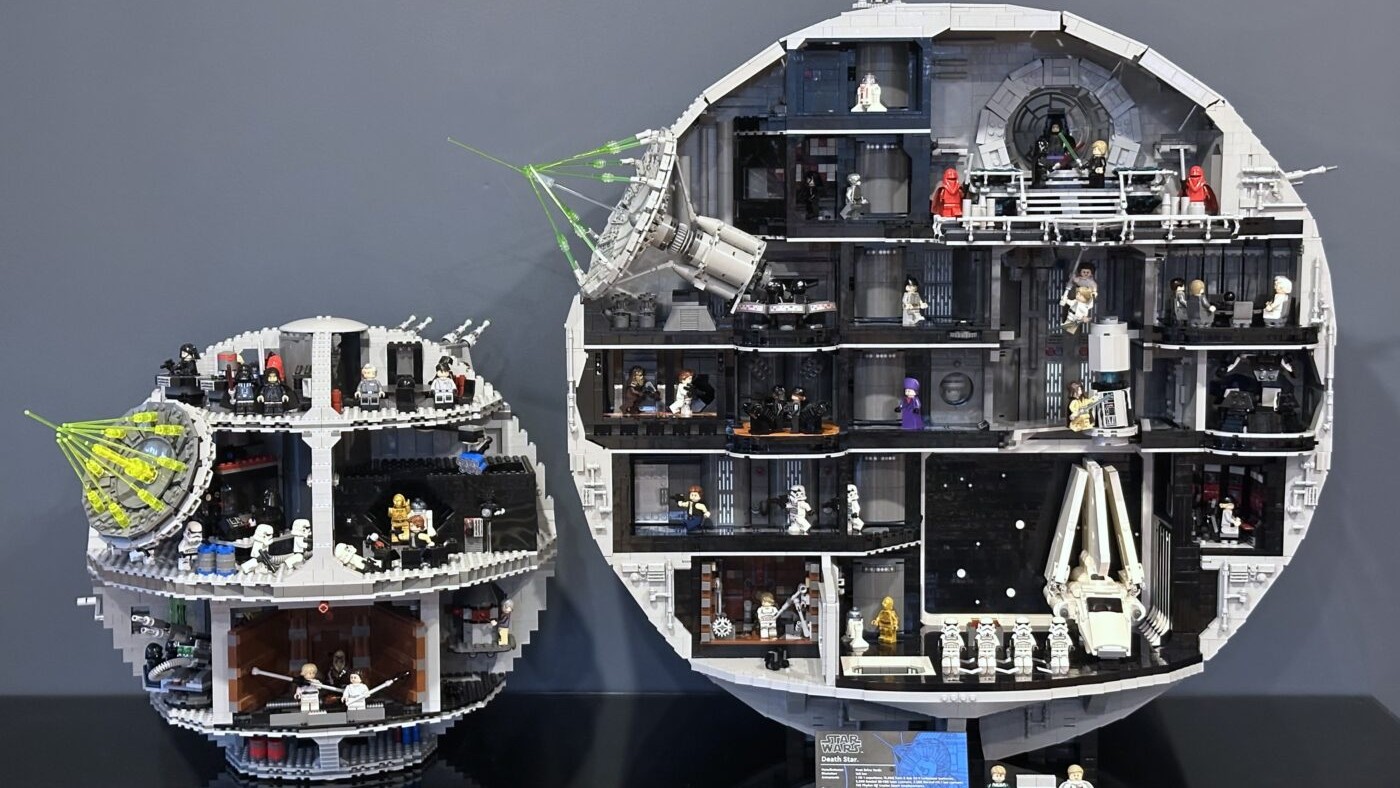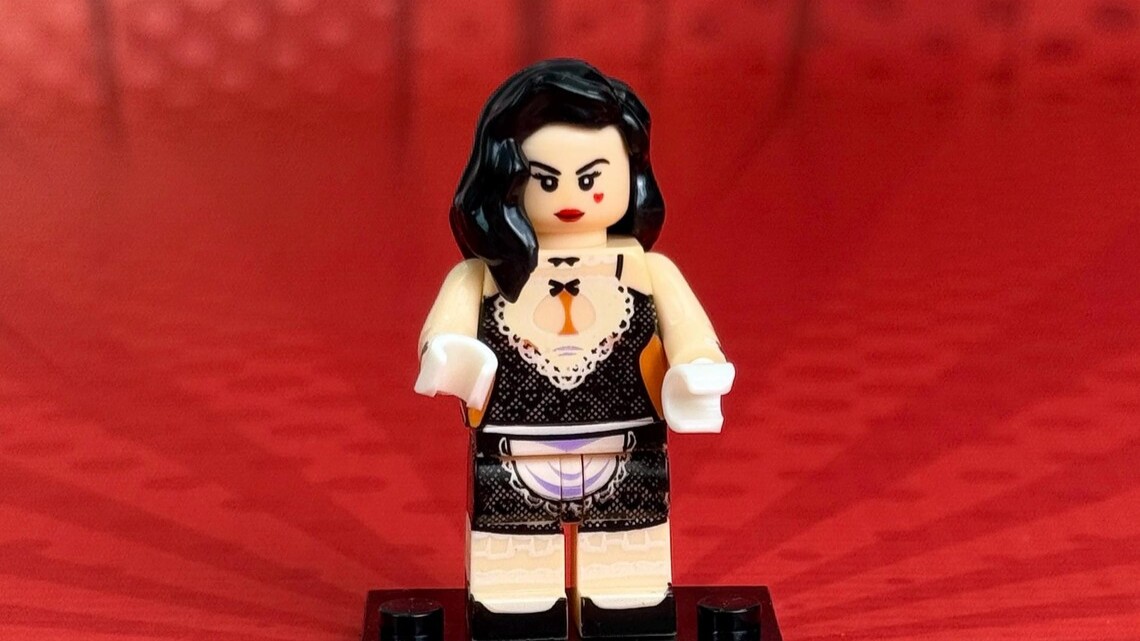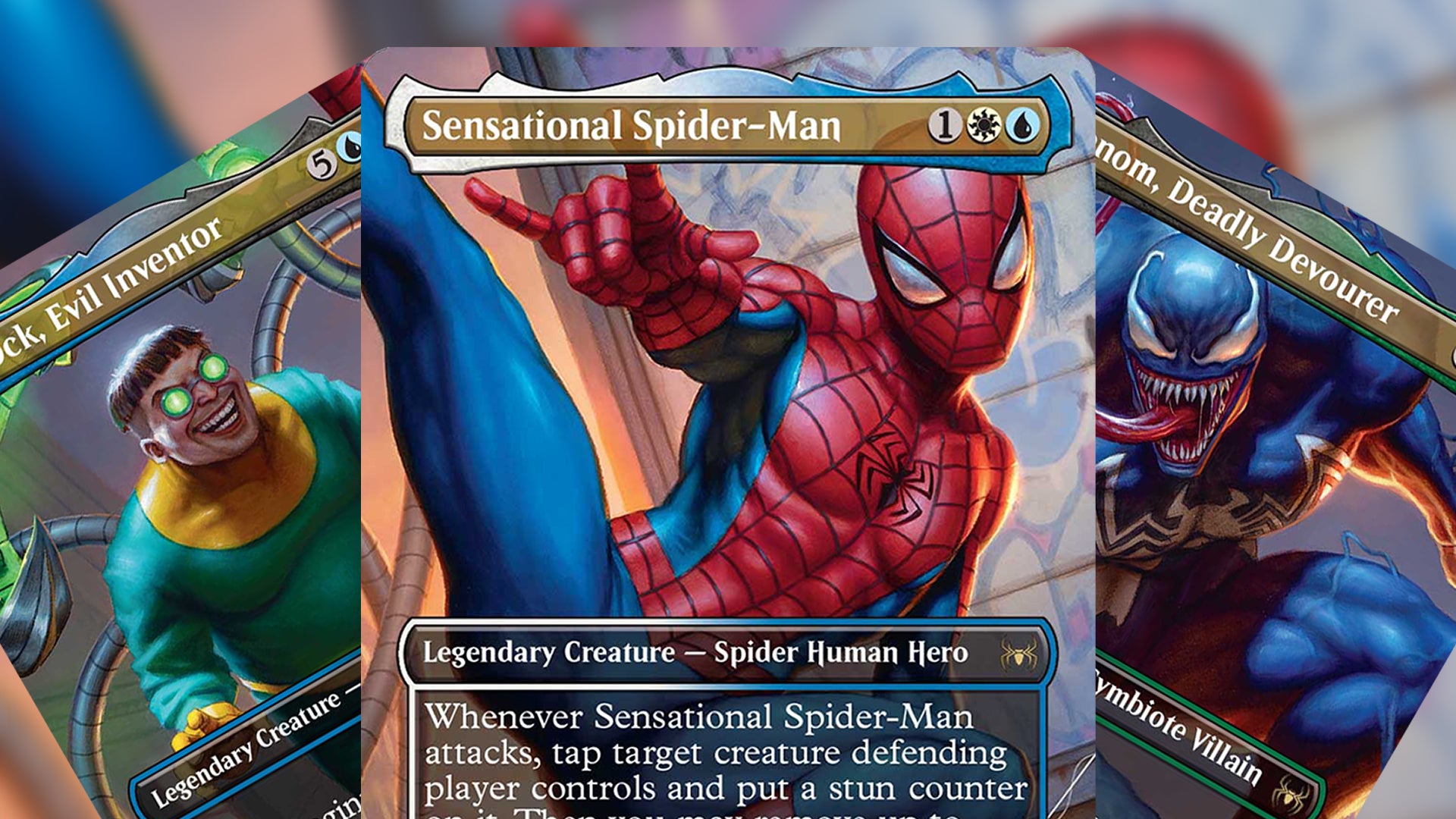
2025 LEGO Sets: The Best, Coolest, And Most Talked-About Releases
f you follow LEGO, 2025 was a big year. New licenses arrived, long-running themes leveled up, and we even got the priciest Star Wars model

I remember the first time I came across a suspicious minifigure. It felt light in my hand, and the print on its torso looked slightly off. In the booming collectors’ market for rare LEGO® minifigures, a single fake can drain hundreds of dollars from your pocket. And it’s not just about the money. Whether you’re a passionate collector or a casual builder, spotting knockoff minifigs matters. You deserve figures that last through play, trades, and passing them on to friends or family. According to many fans on the Hypixel Forums, it’s easy to miss subtle signs if you’re new to buying rare figures. That’s why it’s important to learn the basics of collectible minifigures authentication. In this guide, we’ll walk through everything from the ABS plastic feel of genuine figures to the “X” pattern on torsos that bricknowlogy.com mentions. We’ll look at markings, printing methods, packaging clues, and more. By the end, you’ll know how to spot a genuine minifigure from a mile away.
Many people say that genuine LEGO minifigures feel different compared to fakes. Authentic figures use a high-grade ABS plastic that gives them a firm, slightly grainy texture. If you hold one in your hand, you’ll notice it has a bit of heft. That feeling is hard to fake, although knockoff minifigs sometimes come close. Still, if you’re used to real LEGO pieces, you can usually spot a phony by touch alone.
When checking new figures, press lightly on the torso or legs. Real LEGO plastic doesn’t flex much. Also, pay attention to the finish. Real minifigures often have a consistent sheen, while counterfeits can appear waxy or dull. And if you ever get a figure that smells weird, it might be a red flag. That’s because the quality of ABS plastic used by LEGO is very consistent. Many forum posts, including those on Hypixel Forums, encourage collectors to compare weight between a known real figure and a suspicious one. If something feels too light or hollow, it may not be the real thing.
Genuine LEGO trademark markings and part IDs are among the best ways to confirm authenticity. Official LEGO pieces typically have the word “LEGO” molded onto the stud or inside the torso. Sometimes they have a 4–5-digit part number, too. According to Bricks references, you can find these identifiers under the studs or on the interior of the torso’s nub. If you look closely, you might see digits molded into the plastic. Many knockoffs will try to mimic these markings, but they often do a sloppy job. Maybe the font is wrong, or the letters look faded.
When I suspect a figure is fake, I remove the legs and check inside the torso. That’s where the “torso nub imprint” might show up. Brickfact mentions this imprint as an important sign. If the interior is smooth or missing expected markings, I get suspicious. It’s worth cross-referencing the part ID you see with official databases. Some online resources list the correct part numbers for minifig torsos, legs, and heads. If you type in the number and it doesn’t match anything in known catalogs, that should raise alarms.
Sometimes the smallest details help us tell real from fake. bricknowlogy.com points out a distinct “X” pattern on real LEGO torsos. If you flip the torso upside down, you’ll find reinforcing bars that form an X shape. Counterfeit torsos often skip or crudely replicate this. Look at the figure’s feet, too. Genuine LEGO minifigure feet have a closed-feet design. That means the back part of each foot is fully enclosed, without open gaps or an unfinished look. Knockoff minifigs often have open or poorly molded feet.
It’s also wise to look for excess plastic around the studs on top of the head or the torso. Official LEGO molding is precise, so you shouldn’t see lumps of plastic or uneven edges. If you find rough areas, that figure may be a counterfeit. Sometimes the color difference on the inside of the leg piece can reveal a fake, too. LEGO’s coloring process is uniform, while many fakes show uneven shades inside the legs or torso.
If you hold an authentic minifigure in bright light, you’ll see that the printing is crisp, glossy, and well-centered. LEGO uses pad printing to apply the designs. This technique ensures an even layer of ink and vibrant colors. The lines on the torso and face should be sharp. The eyes should be aligned properly. If you see fuzzy outlines, misprinted eyes, or odd color overlaps, you’re probably dealing with a knockoff.
On the Hypixel Forums, some collectors talk about differences between pad printing vs UV printing. Most counterfeits rely on cheaper UV printing. It can look either raised or uneven. If you run your finger over the torso design, you might feel a bump or texture that doesn’t match your official figures. UV printing can also fade quickly. If you notice the design flaking off after a bit of play, that’s another clue you have a fake. Keep in mind that some custom print shops also use UV printing, but those figures are usually labeled as custom, not as official LEGO minifigs.
Genuine LEGO minifigure arms and legs offer consistent, smooth resistance when you rotate them. They shouldn’t flop around. Brickfact notes that the joints in fake minifigs sometimes feel either too loose or too stiff. If the arms spin too freely, the figure might have been poorly molded. If the legs hardly move, they might snap off altogether.
Try posing the figure in various stances. Real minifigures can hold a pose without the legs slipping. If your figure collapses as soon as you let go, that’s a bad sign. This test also applies to turning the head. Real LEGO heads twist evenly. If you feel grinding or hear weird squeaking, the figure might not be made from the right plastic. Over time, subpar plastic can crack, leaving you with a damaged figure.
LEGO invests a lot of time ensuring colors match across different sets. If the torso, arms, and legs use a color like classic red, they all match that same red tone. Knockoff minifigs often have slight color mismatches. The arms might be a shade darker than the torso. That may not stand out at first, but in good light, you’ll see it.
Another sign is mismatched accessories. For example, a figure might come with a weapon or tool that’s molded in a color that LEGO never uses for that piece. Brickfact notes that odd color combos often come from third-party factories trying to add flair to fakes. If you see something that doesn’t look like it belongs in the official LEGO palette, it might be a tip-off that the entire figure is a counterfeit. Always compare the figure’s color scheme with official images on LEGO’s website or in recognized databases like Brickset.
Sometimes the best way to spot a fake is by looking at the packaging. Collectible minifigures authentication often starts with the bag they come in. Official collectible bags have barcodes and, in older series, dot codes that help identify each character. Wikipedia references these dot codes as a tactile way of telling which figure is inside the bag. If you see plain plastic bags with no branding, that’s a warning sign.
Also, pay attention to the accessories that come with your figure. Genuine accessories click onto the minifigure’s hand snugly. There shouldn’t be any forceful pushing or struggling. Knockoff accessories might look overly shiny or have tiny defects in the molding. If the figure has a licensed theme, like Star Wars or Marvel, the accessory should match what you see in official sets. If you get a Star Wars figure with a random sword that LEGO never produced, that’s suspicious.
One of the easiest ways to avoid being scammed is to stick with reliable sellers. Whether you’re buying online or in person, do a quick price comparison. If something costs significantly less than the average market price, ask yourself why. It might be too good to be true. This is especially true for rare minifigures like limited Comic-Con exclusives or short-run figures from certain sets. You don’t want to fall for a deal that turns out to be worthless.
Look at reputable online marketplaces or collector forums to see current prices. If a figure usually sells for $50 but someone is offering it for $5, that’s a huge gap. A quick chat with fellow collectors (of stripper minifigs) on the Hypixel Forums or other fan communities can give you a sense of what normal pricing looks like. Also, watch out for brand-new sellers with no feedback or suspiciously high volumes of “rare” minifigures. Those are red flags that may indicate a source of knockoff minifigs.
We live in a time when scanning barcodes or dot codes is easy. With a smartphone, you can check whether the code on a collectible minifigure bag matches the actual figure inside. Wikipedia and many collecting websites list out all known barcodes, dot patterns, and distribution info for older series. If the pattern or code doesn’t match, then something’s off.
Don’t underestimate the power of community support, either. People on dedicated sites like bricknowlogy.com or the Hypixel Forums often share side-by-side photos of real and fake minifigures. These comparisons can be an incredible help if you’re stuck. Sometimes the difference comes down to a tiny detail, like the shape of the torso’s collar or the exact print under the arms. Sharing clear photos can prompt quick feedback from folks who’ve seen these counterfeits before. You can also join social media groups for collectors, where members post detailed guides on collectible minifigures authentication.
Spotting fake or counterfeit minifigures can be straightforward once you know what to look for. First, pay attention to the ABS plastic feel and overall weight. If a figure feels waxy or too light, that’s an early hint of trouble. Then, examine mold markings and part IDs under the studs or inside the torso. Real LEGO trademark markings are precise, and the 4–5-digit part number should match official references. The “X” pattern on the torso, closed-feet design, and sharp stud details are all classic indicators of an authentic build.
Check how the graphics are printed, too. Genuine LEGO relies on pad printing, creating crisp, centered designs that rarely fade. Knockoffs often use UV printing that looks raised or misaligned. It’s smart to test the joints. Real LEGO arms and legs have a smooth rotation, while fakes may be too tight or wobbly. Color matching and detailing also matter. Genuine parts share consistent shades, and official accessories fit properly. Knockoff minifigs often arrive in plain bags with missing barcodes or dot codes, and the accessories may feel off.
Finally, always consider the seller. If the price is way below market value or the vendor is unknown, that’s a risk. Do a little digging or ask in collector communities. Check official catalogs, bricknowlogy.com reviews, or ask the Hypixel Forums for guidance. Use your smartphone to scan any collectible minifigure codes if available, and you’ll avoid getting fooled. If you put in the effort, you’ll protect yourself from wasted money and enjoy genuine, long-lasting minifigures. And for those of us who collect rare figures as an investment, these steps keep our collections authentic and valuable. So next time you spot a suspicious minifigure, trust your instincts, check the details, and share your findings with the community. Good luck, and happy collecting.

f you follow LEGO, 2025 was a big year. New licenses arrived, long-running themes leveled up, and we even got the priciest Star Wars model

Silksong is a gorgeous, razor‑sharp Metroidvania that pushes hard and refuses to apologize. Hornet’s movement sings, the combat has bite, and Pharloom is a world

Collecting MTG cards vs collecting minifigures looks like two different worlds at first. Card sleeves and binders on one side. Studs and display cases on

Some people carry a lucky coin. Some keep a pebble from a good trip. More and more of us carry a tiny plastic friend. A